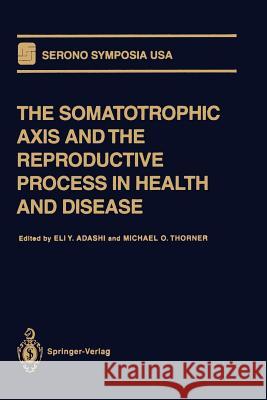The Somatotrophic Axis and the Reproductive Process in Health and Disease » książka
The Somatotrophic Axis and the Reproductive Process in Health and Disease
ISBN-13: 9781461275671 / Angielski / Miękka / 2011 / 332 str.
For many years now, our understanding of the somatotrophic and reproduc tive axes has evolved essentially independently, both fields of study reaching a highly advanced, although far from complete, level of under standing. Along the way, however, it became apparent that in some circumstances the reproductive and somatotrophic axes may be inter dependent. Inklings to this effect were at times feeble and at other times more convincing. Among those inklings are the clinical recognition by pediatric endocrinologists of the apparent association between isolated GH deficiency and delayed puberty, as well as of the apparent permissive, pUberty-promoting property of GH. Equally important is a body of experi mental studies establishing the ovary of multiple species as a site of GH reception and action. Arguing against an essential role for GH in the reproductive process is the observation that individuals who have GH resistance of the Laron variety are fertile arid that isolated GH deficiency does not constitute an absolute barrier to the attainment of sexual maturation and fertility. The intraovarian insulin-like growth factor (IGF) hypothesis proposes that IGFs may serve as amplifiers of gonadotropin action. Although the dependence of intraovarian IGFs on systemic GH action has never been unequivocally demonstrated, that leap of faith has often been made. The intraovarian IGF hypothesis serves as the rationale for the adjunctive use of GH in the induction of ovulation."











